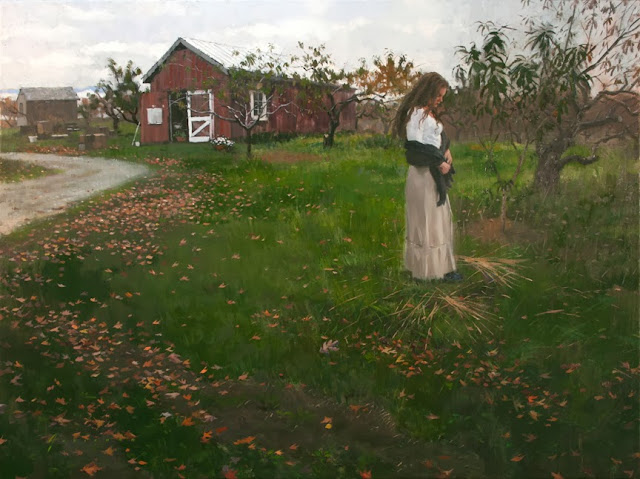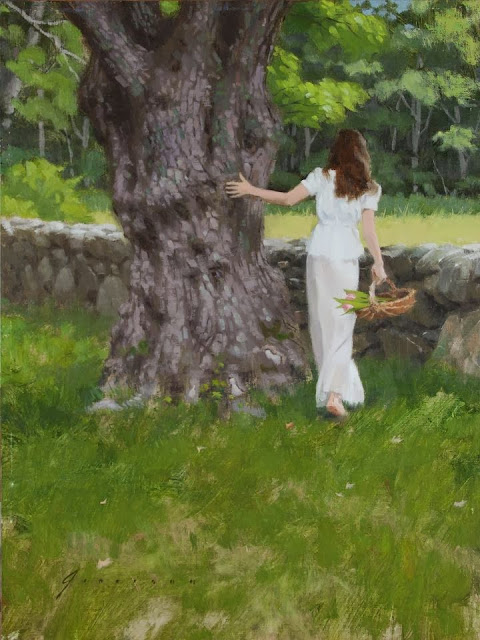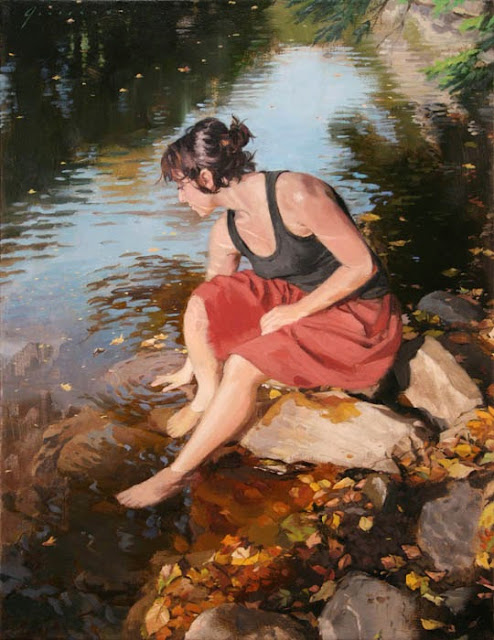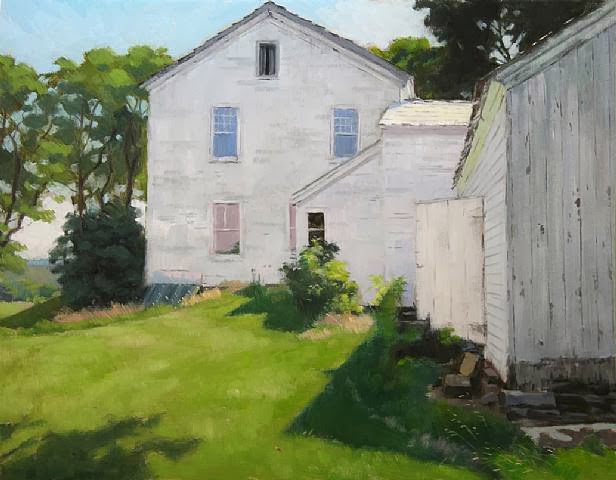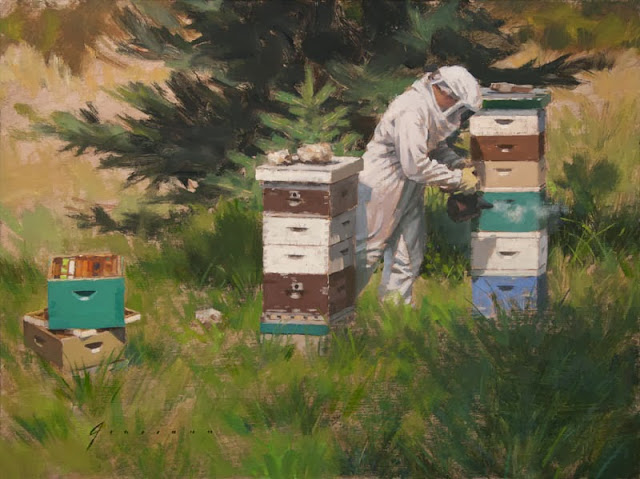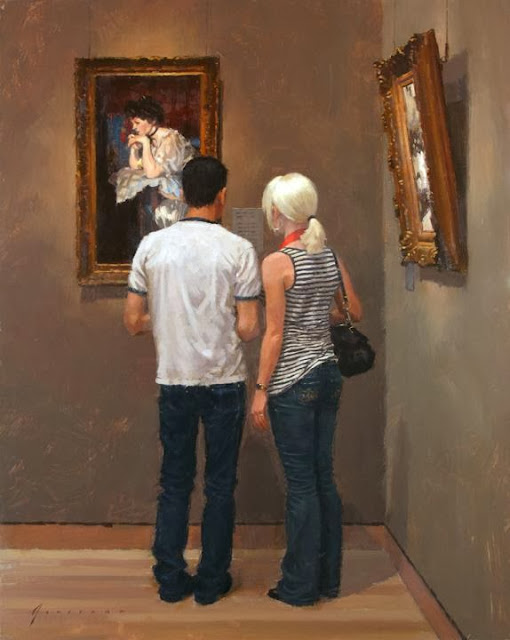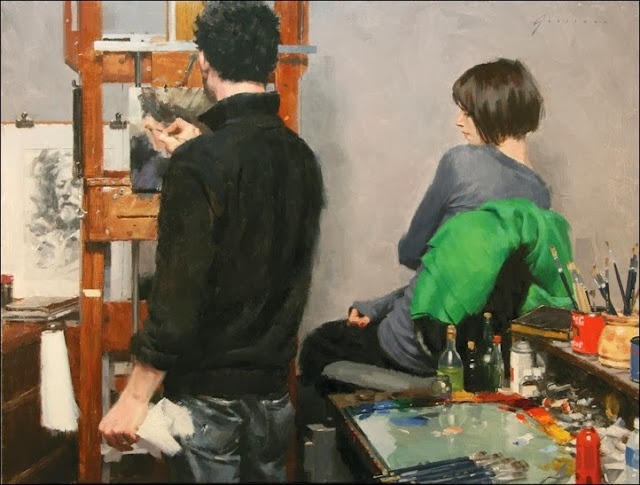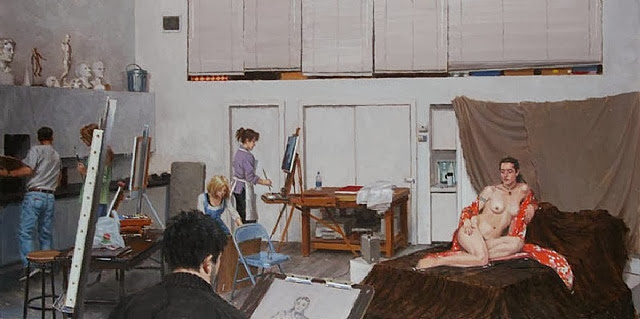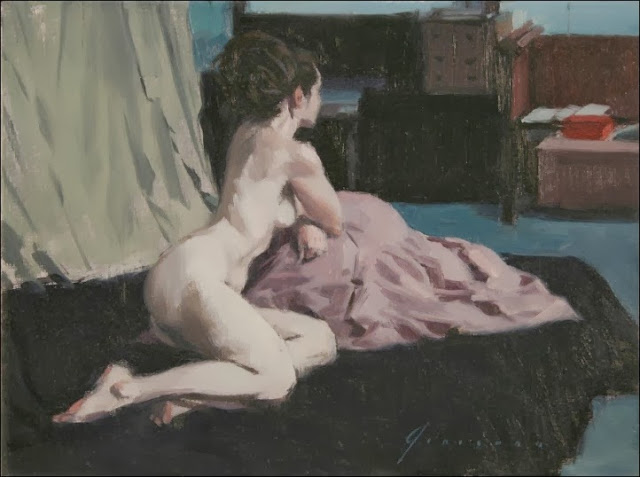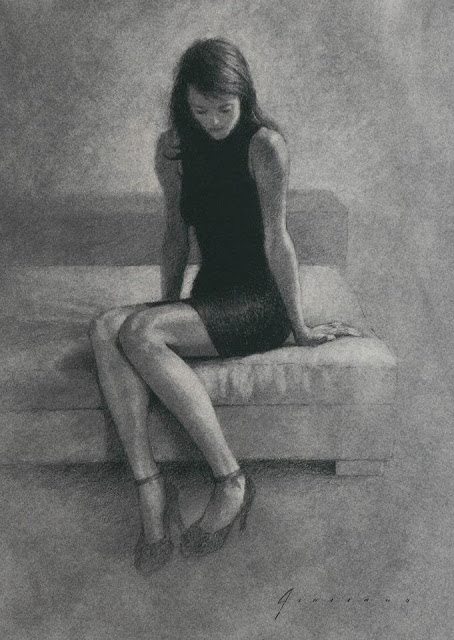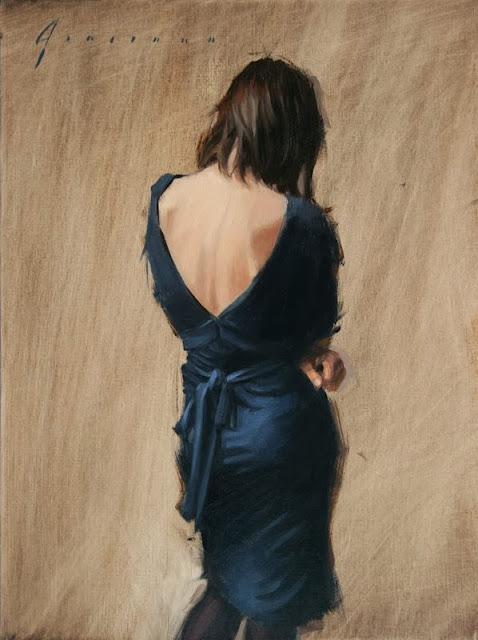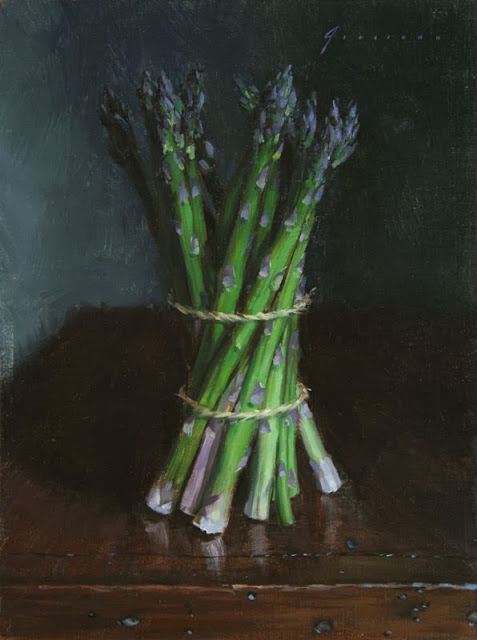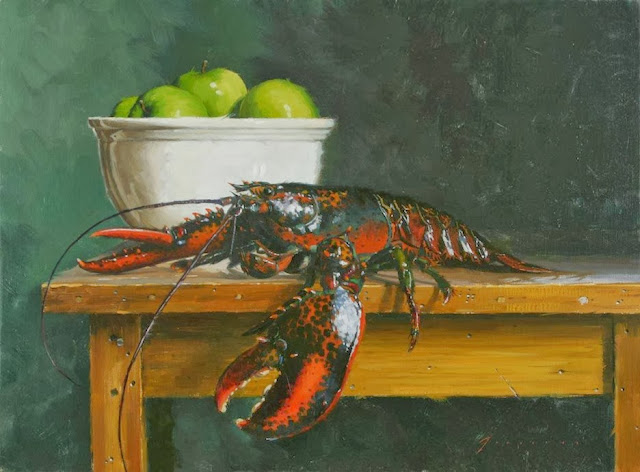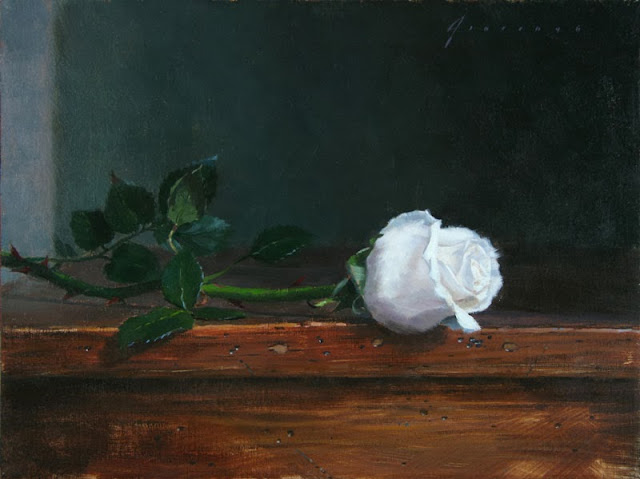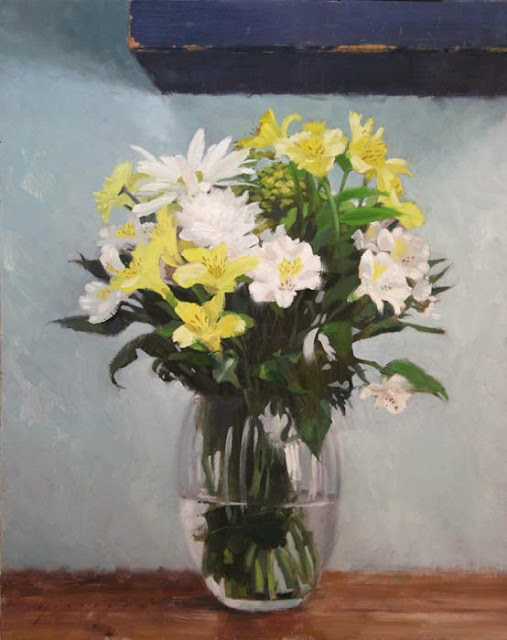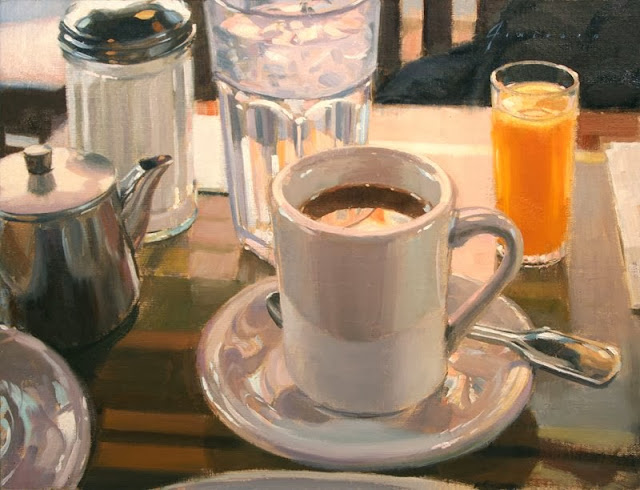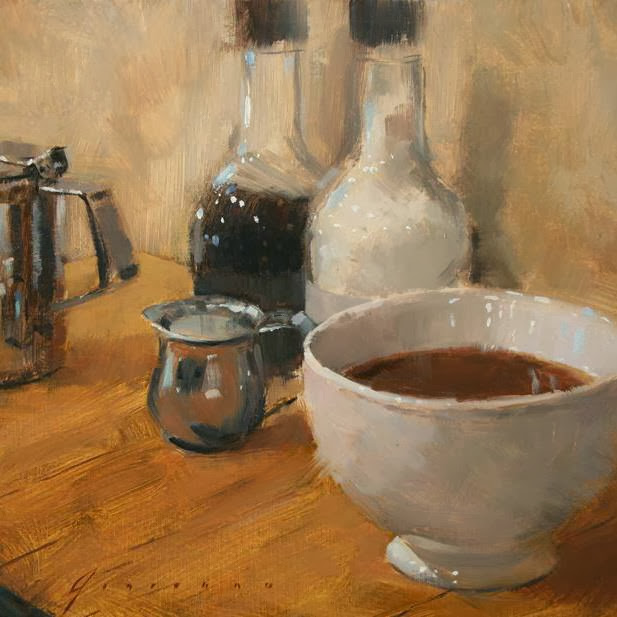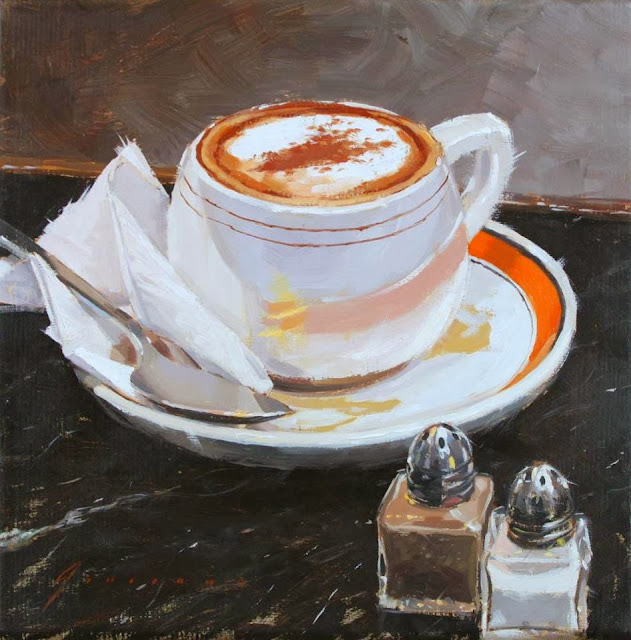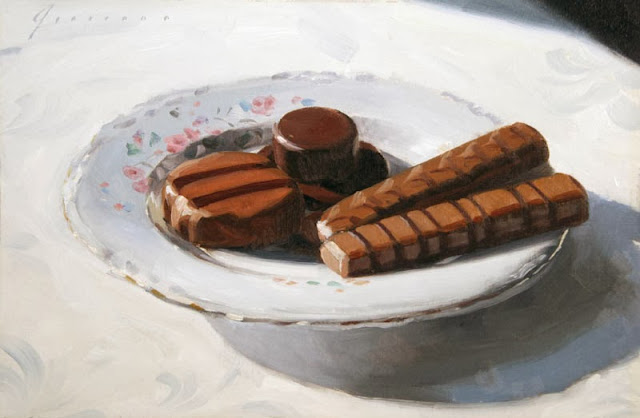Ten Tips for Mapping Out the Figure by Vincent Giarrano¹
During the mapping out stage of drawing, it's important to consider the small individual shapes you see and also how those shapes line up with other parts of the figure.
1. Look for any smaller shapes that can help you define the larger shapes in the figure: shadow shapes (outline them), muscle shapes, creases and negative shapes (for example, the spaces between the limbs and the trunk of the body).
2. Try to ignore detail. I find it helps to think of the figure as a flat arrangement of shapes rather than a human body.
3. With each new shape, cross-check it against the surrounding shapes to confirm that it's right.
4. If the shape you see is too big or complex, imagine a line closing off part of it so it's more manageable.
5. When you come across something wrong, make a bold correction. Don't follow your previous lines.
6. If you get stuck, ask yourself, "What am I really seeing?" Imagine that you've never seen a figure before or that your subject is a pile of dough.
7. When necessary, use information you have about perspective and anatomy to support your observations - rather than letting this information lead you.
8. Keep hands and feet very simple at first (e.g. use a mitten-shape for hands). Then, when you have initial shapes established, you can break out the smaller shapes you see within.
9. For the head, use a simplified shape with only a cross to show what direction the head is facing (one line for the eyes and one following down the nose).
10. Just as you did for the figures, map out the head by looking for strong shapes and then pulling out the smaller ones. Resist the urge to draw things you know – the eyes, the nose, and the mouth. Just look for and render shapes of value. Squinting can help to simplify what you see.
